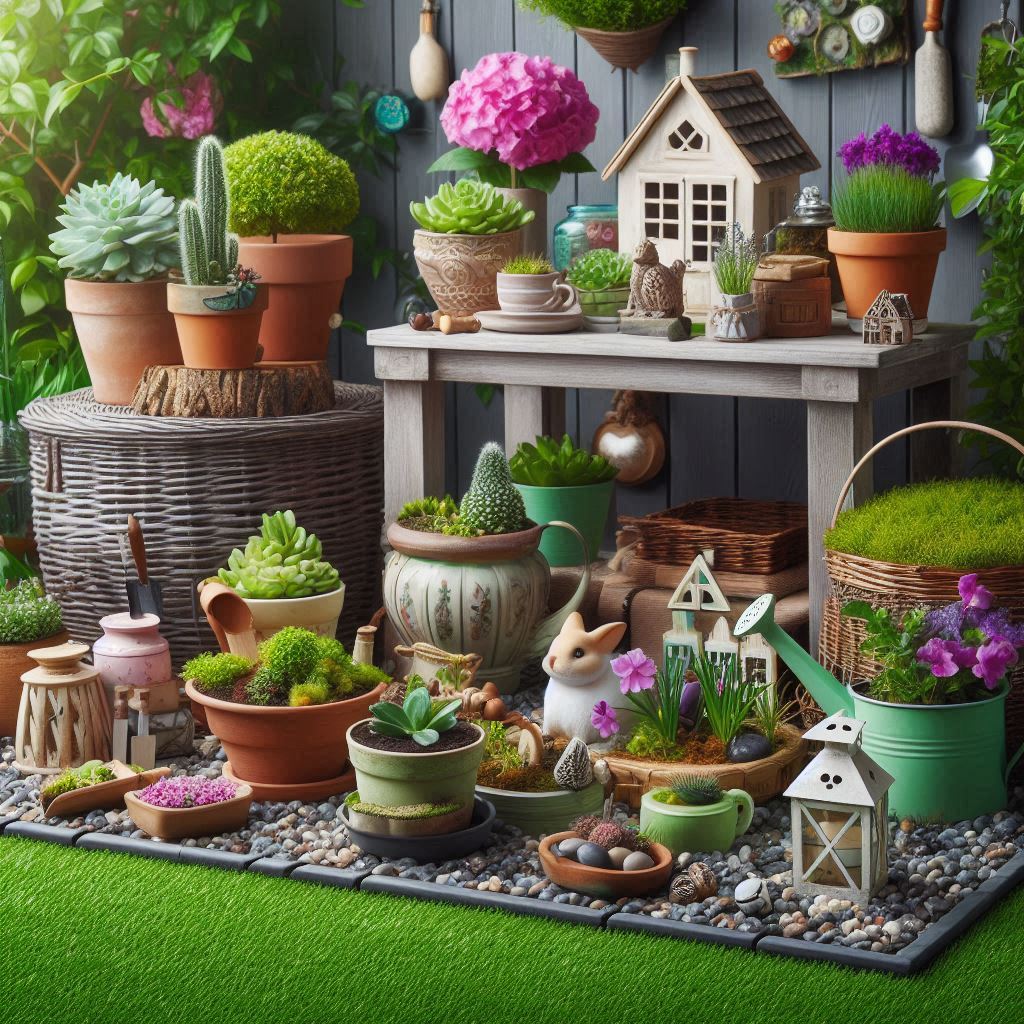Choose Compact Plants for Efficient Use of Space
It’s crucial to select plants for small gardens that don’t take up a lot of space while still creating a lush, colorful appearance. To make the most of the space available, choose dwarf or compact varieties of your favorite plants. Herbs that grow to manageable sizes and can even be used in cooking, like thyme, rosemary, and chives, are ideal for small gardens. Plants that grow vertically, such as ivy, climbing roses, or even beans, are also great options because they utilize vertical space instead of spreading out. You can create a garden that feels full without being overly crowded by concentrating on plants that fit the space.
Use Vertical Gardening Techniques
Growing upwards is one of the best ways to maximize the space that is available. Because it allows you to make the most of the space by utilizing walls, fences, or trellises, vertical gardening is an excellent option for small gardens. To add layers of greenery, install wall-mounted planters, hanging pots, or tiered vertical gardens. This method gives your garden more visual depth and interest while conserving ground space. Climbing plants that thrive on vertical supports include clematis, morning glory, and even vegetables like tomatoes, which can turn a small space into a beautiful and productive area.
Incorporate Multi-Functional Furniture
All the items in a small garden, including furniture, must have a purpose. Seek for multipurpose outdoor furniture that can be used as planters or storage. For instance, a bench with integrated storage spaces can serve as a place to sit as well as hold cushions or gardening tools. Additionally, you may save space by using foldable or stackable tables and chairs, which are simple to put away when not in use. Planter boxes attached to furniture is another creative solution that lets you grow flowers or herbs in the same area that you unwind in. With this method, you can maintain the garden’s aesthetic appeal and functionality without wasting any important square footage.
Create Zones for Different Activities
Even in a tiny garden, designating distinct areas for different uses can improve the room’s organization and enjoyment. Set aside a space for planting, another for lounging with a few chairs, and maybe a third for storage or accent pieces like a water feature or bird feeder. To visually divide each area, you can use different colors or textures for each one. For example, you can use wood chips for planting zones and gravel for seating areas. You can maintain both functionality and aesthetics while creating the illusion of a larger space by dividing the garden into distinct areas.
